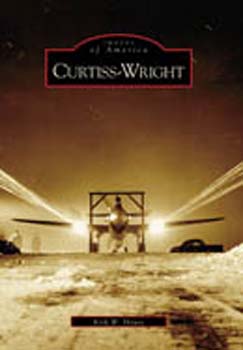
The oldest names in aviation joined forces in 1929, when Wright Aeronautical and Curtiss Aeroplane formed the giant Curtiss-Wright Corporation. Curtiss airplanes were already “the best things with wings,” while Charles Lawrance had made Wright powerplants the leader in American radial engines. Aviation founding father Glenn Curtiss, along with superstars Charles A. Lindbergh, Jimmy Doolittle, Admiral Byrd, and “Wrong-Way” Corrigan, all blazed skytrails with Wright engines and Curtiss wings. Tiny Sparrowhawk biplane fighters flew from airborne dirigibles. Huge factories poured out war birds in tens of thousands for World War II. Pilots flew them everywhere, from the African desert to Alaskan ice, South Sea islands, and even the Taj Mahal. Relive those days when women, old men, and teenagers kept the factories roaring, and follow Curtiss-Wright clear into the 21st century.
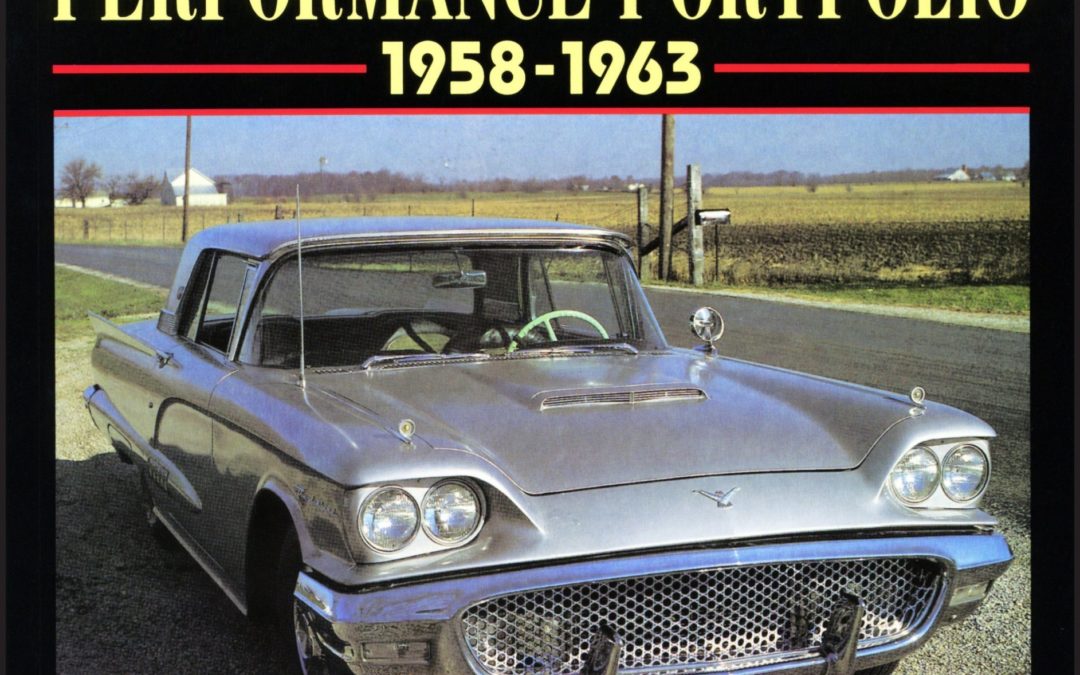
The 1955-57 Thunder-birds introduced luxury features to the two-seater market but buyers made clear that what they really wanted was four seats. The 1958 models were much larger cars with four seats and a unibody shell. They were either convertible or hardtop with a big-block 352ci V8 engine. There were few differences for 1958 and 1959 but the 430ci engine was added to the range. 1961 saw a very different body; a pointed nose and discreet tail fins and a 390ci V8 was added to the options. 1962 brought a Sports Roadster and the Landau model. This is a book of contemporary road and comparison tests, technical and specification data, consumer analysis, new model introductions, history. Models covered include: 352, 430, 390.
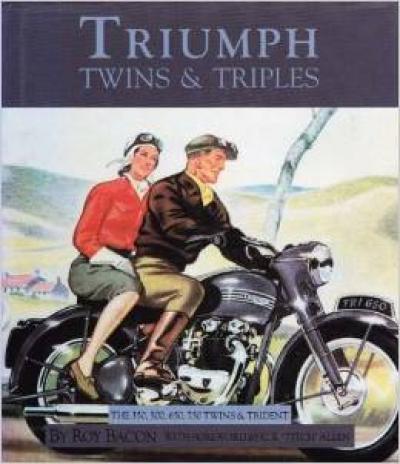
This book is essential reading for every Triumph owner, rider, restorer or just admirer. It deals with the much loved Triumph twin, plus the fabulous trident, from its inception to the final days at Meriden and includes many photographs plus invaluable tables of machine data and specifications.
It covers the Bonnevilles, Thunderbirds, Daytonas and Tigers, along with the more prosaic from which they sprung.
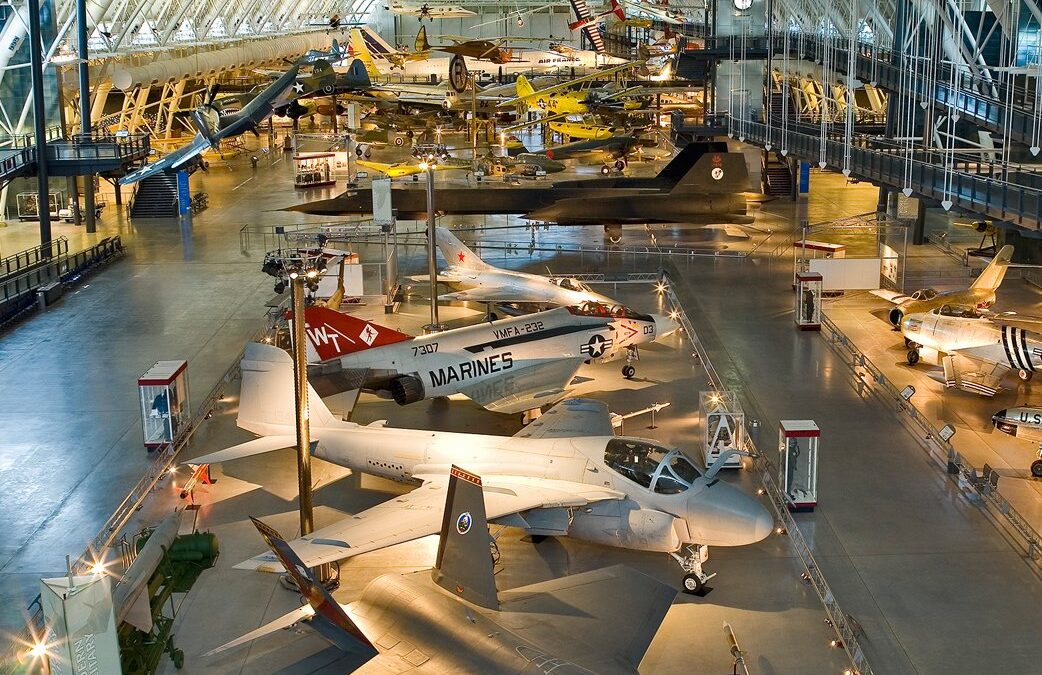
Americans have always had a fascination with flight. In 1896, man’s first man-made aircraft left the ground… if just for seconds. Over the years followed such headliner successes as the Wright Brothers (1903), Charles Lindbergh (1927), Amelia Earhart (1928), Chuck Yeager (1947) and Neil Armstrong/Buzz Aldrin (1969). By the early 1940s and World War II, it was clear that air power would play a decisive role in winning the struggle. War demands pushed aircraft technology and design ahead at a dizzying pace, quickly going further and faster than ever thought possible and providing a treasure trove of legacy aircraft. A new dream of flight began emerging in the early ’60s, beyond the birds and clouds, to visit a world beyond our own. The U.S. and the Soviet Union engaged in a race to the moon, generating huge advances in science, medicine and technology. The Smithsonian Institution’s National Air and Space Museum (established in 1946), also known as America’s Hangar, houses over 300,000 square-feet of aircraft and is the world’s most visited museum. It has preserved and displays many of the world’s most renowned historic aircraft. From the first airplane, commercial aircraft and spacecraft to take an American into orbit, Smithsonian Channel takes you on a personal tour of the collections of the National Air and Space Museum, chronicling the first century of flight.
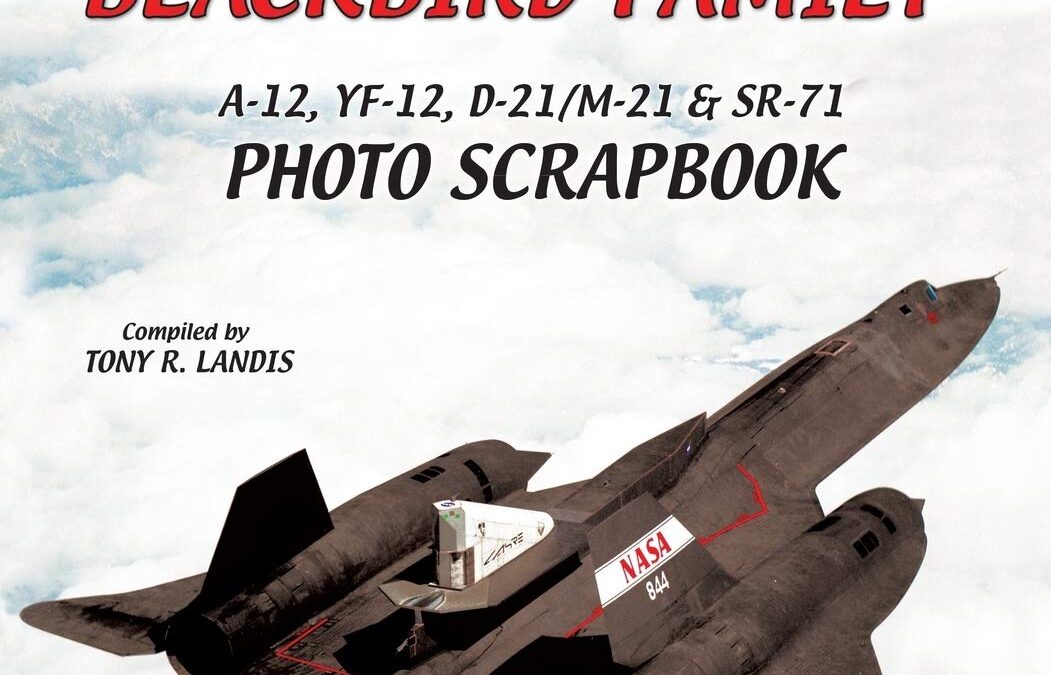
Still the world’s most popular and most exciting aircraft, the Lockheed family of A-12, YF-12, D-21/M-21, and SR-71 Blackbirds are to this day the highest-performance jet-powered airplanes ever flown. They have set numerous world speed and altitude records for manned aircraft powered by air-breathing engines that theoretically may never be broken. Although no longer operational, A-12s and SR-71s flew for nearly three decades at speeds in excess of Mach 3 and altitudes of up to 90,000 feet. Expanding on the successful sales of all Specialty Press Blackbird publications is this natural extension of the product line created by compiling many never-before-published photos coupled with new de-classified information recently released by the CIA, including black-and-white photos of A-12 cockpits, early camera installations, and never-before-seen special camouflage schemes. The photos in this edition are black and white.

The inside story of Donald Campbell’s last Land Speed Record car
Since the early 1920s the name Bluebird has been synonymous with world speed record breaking on land and water. Driven first by Sir Malcolm Campbell, then his son Donald, and latterly by Donald’s nephew Donald Wales in electric powered vehicles, they have consistently pushed records ever higher. This book is the story of the design and construction of the fastest of the Bluebirds, the Campbell-Norris 7 (CN7). This car, now resident in the National Motor Museum at Beaulieu in England, is the most sophisticated design ever produced for a wheel-driven record breaker. Using methods and materials developed for the aircraft industry, the CN7, given suitable running conditions, was capable in 1960 of a speed exceeding that produced by the present wheel-driven record holder 19 years later. Donald Stevens, the author, was first employed by the designers Norris Brothers Ltd as a design draughtsman on the Bluebird K7 hydroplane. After completing his National Service in the RAF, he rejoined the company to work with the two chief designers developing the specification for CN7, and he later became project co-ordinator for its construction.
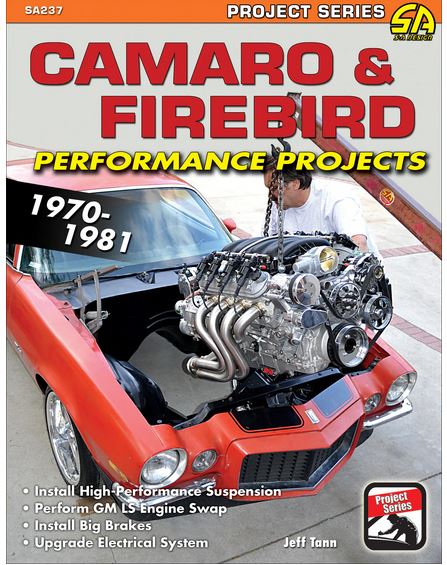
While the first-generation Chevy Camaros and Pontiac Firebirds are iconic cars that command high sale prices in restored and unmodified form, the second-generation Camaros and Firebirds are much more affordable. These Camaros often sell for only a few thousand dollars, and as a relative bargain compared to the early cars, many owners use these cars as a blank canvas to build an all-out performance car. Not only are the second-generation cars great platforms for modification, owners don’t have to feel guilty about heavily modifying an extremely rare or valuable collector car that the first-generation cars represent.
Several million Camaros and Firebirds were built from 1970-1981. Many of these were sparsely equipped cars with six-cylinder or small V-8 engines and are perfect candidates for a full pro-touring treatment. There is a huge and growing amount of aftermarket support for these cars, with engine, drivetrain, brake, steering, and suspension parts being offered. Many owners are installing multi-link or Air Ride suspension, four-wheel disc brakes, quicker steering gears, stroker or late-model engines, modern overdrive transmissions, and other cutting-edge performance parts.
Like all editions in the Performance Projects series, this book covers the wide range of modifications, from borderline basic to in-depth and complex. Included modifications are supercharger installs, head swaps, ignition and carburetor mods, brake upgrades, transmission, differential and driveline upgrades, engine bolt-ons, multi-link rear suspensions, and more. This book is an essential tool for the second-gen enthusiast looking to modify their car.
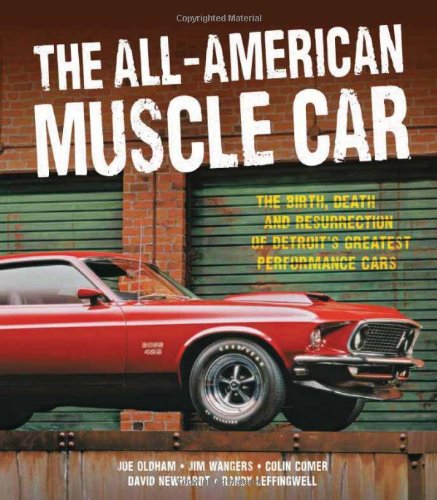
The birth of the muscle car, mid-sized cars with big engines making big horsepower, marked not only a revolution in performance—but also a revolution in marketing. For the first time ever, car manufacturers tailored their product to a youth audience. The genre thrived in the 60s and early 70s and was reborn in the 21st century. The All-American Muscle Car celebrates the fifty-year history of the breed through stunning modern and archival photography, and brilliant essays from today’s top muscle-car writers. Organized by themes, its chapters cover the introduction and early years of muscle; the cultural trends that made muscle cars so wildly popular; the pop culture that surrounded the cars in music, film, and television; and racing, both legal and illegal. Great rivalries are detailed—Camaro versus Mustang versus Firebird versus Challenger versus ‘Cuda, GTO versus Road Runner versus Super Bee versus Chevelle SS versus Buick Gran Sport versus Oldsmobile 4-4-2, and the like. The book also explores the illogical extremes at the end of the classic era, the Plymouth Superbirds, GTOJudges, LS6 Chevelles, Hemi ‘Cudas, W-30 Oldsmobiles, Ram Air IV Pontiacs, Stage I GSX Buicks, and 440/6 Road Runners; the dark years and the death of performance; the rebirth of the muscle car; and the modern interpretations of the breed including the new Camaro, Mustang, and Challenger.
Hard Cover
1st Edition
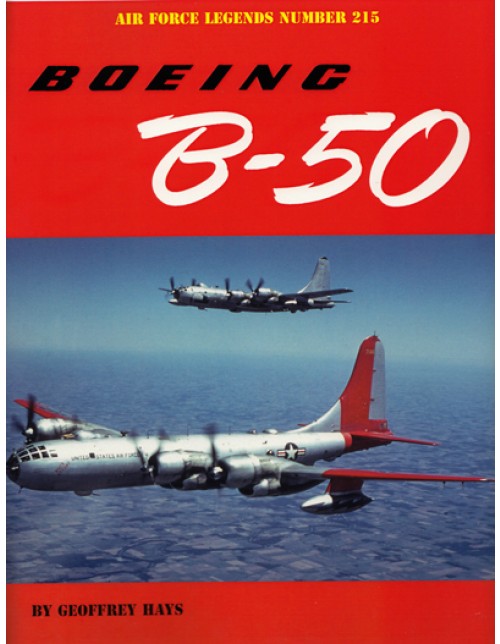
Air Force Legends Number 215
Despite being overshadowed by the B-36 and B-47, the Boeing B-50 was the primary atomic bomber of SAC for nearly seven years. This volume in Steve Ginter’s popular Air Force Legends series explores every model of the second Superfortress, including some previously little-known variants. Bombers, reconnaissance platforms, tankers, test birds and trainers are examined in extraordinary detail, supported by photos, drawings and technical illustrations, hundreds of which appear publicly for the first time. A concise text, supported by insightful captions, covers operational and hardware details from its atomic role to unit assignments and deployments. Written by former USAF Museum senior staffer, Geoff Hays, this 240+ page volume features seven data tables and over 700 photos and illustrations.
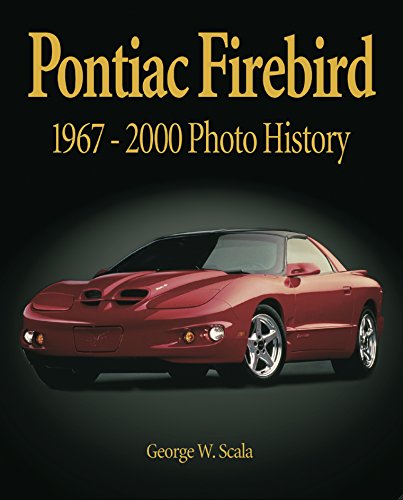
Back In Print! Pontiac Firebird 1967-2000 Photo History
By George W. Scala. Relive the entire thrilling history of Pontiac’s Firebird, from the first models in 1967 to the brand new 2000 Firebirds. Exciting photos display all four generations of Firebirds: the Firebird, Esprit, Formula, and of course the favorite Trans Am, as well as pace cars. Enlightening text narrates the magnificent Firebird story, including information such as engine specs, production figures and more. 7.25″”wide x 9″” tall.
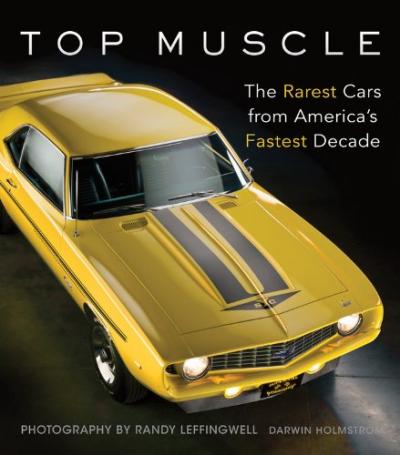
A muscle-car book unlike any other, featuring the rarest vehicles on Earth. In the 1960s, something explosive happened in the automotive world: the United States’ evolving V-8 engine technology was met by 75 million baby boomers, all with an extreme need for speed and all entering the auto market at the same time. The result was the golden era of factory muscle cars, brutish machines that were unlike any the world had ever seen or will likely ever see again–they truly embodied the “sex, drugs, and rock-and-roll” generation. For some, even a factory muscle car wasn’t enough. Detroit automakers responded, secretly building some of the most outrageous muscle cars ever created behind their superiors’ backs and ultimately creating some of the most powerful vehicles ever sold to the public. In Top Muscle, author Darwin Holmstrom chronicles the ultimate collection of these super-rare high-performance beasts. Captured by the lens of renowned auto photographer Randy Leffingwell, these cars represent the absolute zenith of the most valuable collector cars in existence, with fascinating histories that illuminate the wildest age in American automotive history. The Brothers Collection features over 600 cars, including such rarities as:
– The very first Chevelle Z16 ever built, which was also the very first muscle car that Chevrolet ever built
– The very first Chevelle SS454 LS6 off the assembly line
– The only 1969 Mach I Mustang ever built with a factory sunroof
– The very first A12 (440-6) Roadrunner ever built
– The very last Hemi ‘Cuda convertible Plymouth produced, One of the eight convertible Trans Am Ram Air III Firebirds that Pontiac built in 1969
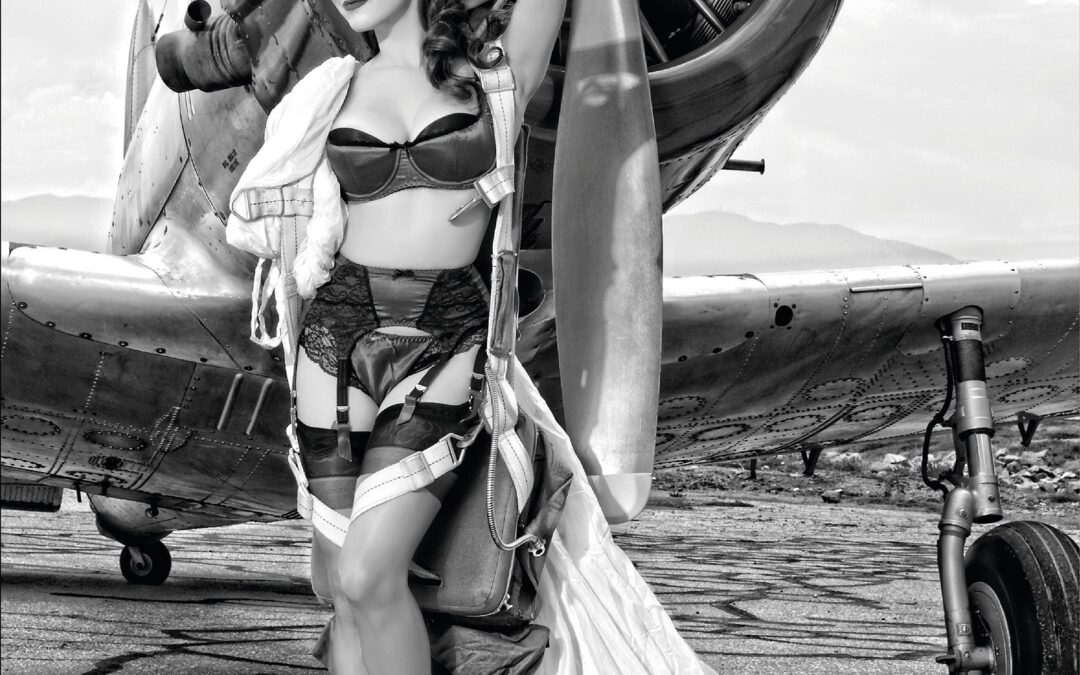
A beautifully presented, two-volume collection, uniquely chronicling the story and history of the most recognizable aircraft of World War II and the pinup girls whose images graced these legendary warbirds. Flying into combat with our boys, inspiring and providing our U.S. soldiers with sweetly seductive reminders of home, these pinups are a reminder of the All American good life GIs were fighting for. For the first time, Michael Malak has merged classic 1940s style Hollywood photographs in black and white and sepia recreations for the vintage at heart, as well as full color HDR (High Dynamic Range) photographs for the modern art lover. This book takes the viewer through the history of these magnificent warbirds and the role they played in World War II, and provides detailed, factual information about each of them courtesy of the Yanks Air Museum, home of these exquisite warbirds. Several world renowned pinup artists of today, such as Greg Hildebrandt, have contributed their time and talent to take part in this project, providing original artwork for Wings of Angels in the tradition of legendary pinup artists Gil Elvgren and Alberto Vargas.
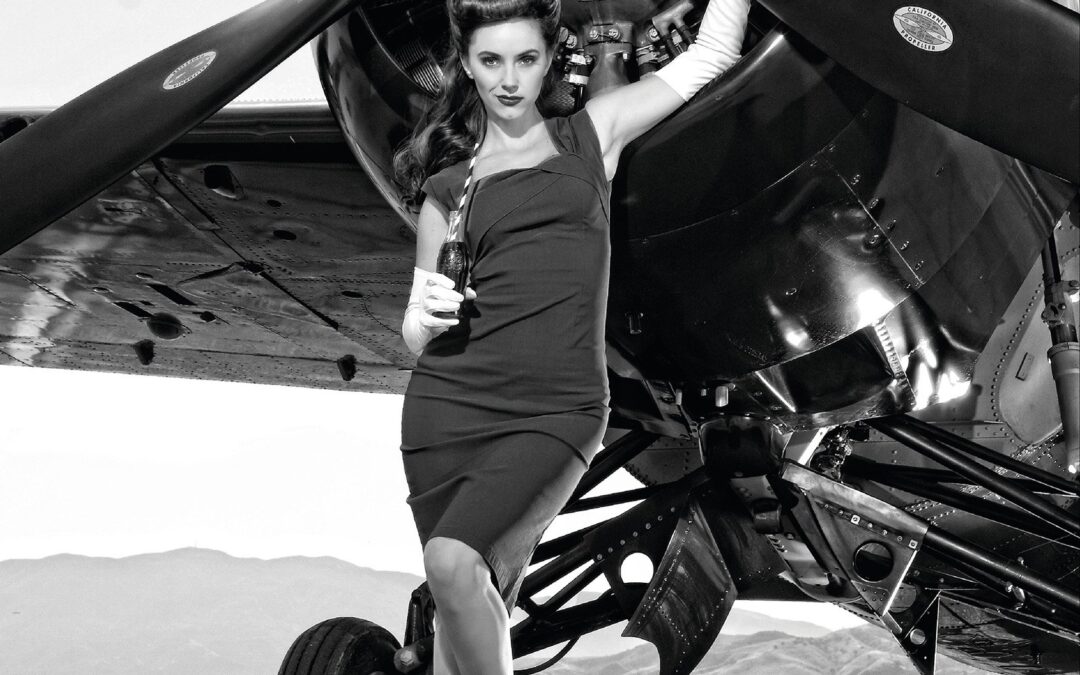
A beautifully presented, two-volume collection, uniquely chronicling the story and history of the most recognizable aircraft of World War II and the pinup girls whose images graced these legendary warbirds. Flying into combat with our boys, inspiring and providing our U.S. soldiers with sweetly seductive reminders of home, these pinups are a reminder of the All American good life GIs were fighting for. For the first time, Michael Malak has merged classic 1940s style Hollywood photographs in black and white and sepia recreations for the vintage at heart, as well as full color HDR (High Dynamic Range) photographs for the modern art lover. This book takes the viewer through the history of these magnificent warbirds and the role they played in World War II, and provides detailed, factual information about each of them courtesy of the Yanks Air Museum, home of these exquisite warbirds. Several world renowned pinup artists of today, such as Greg Hildebrandt, have contributed their time and talent to take part in this project, providing original artwork for Wings of Angels in the tradition of legendary pinup artists Gil Elvgren and Alberto Vargas
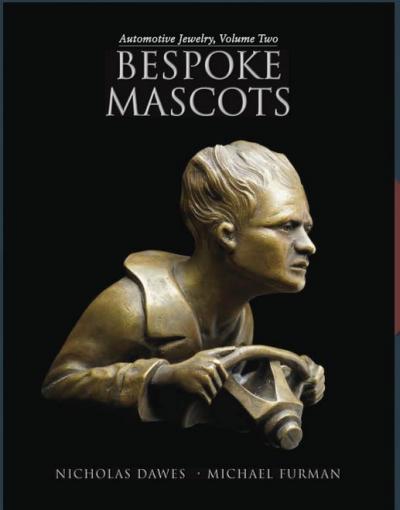
The automotive mascot or hood ornament has been with us almost as long as the automobile itself. In the early days, the mascot was selected by the manufacturer to identify their product. But over the years, the car owners chose their own symbol of identity. These “accessory” mascots became quite fashionable in the 1920s and ’30s as a way for the owner to make a statement about themselves and their beloved automobile. Famous artists – Lalique, Cartier, Bazin, Brau and others, created pieces of whimsy, elegance and power to adorn the top of the radiator shell of cars both common and unique. Their work in bronze, brass, metal and glass were representative of the art trends of the day, including Art Deco, streamlining and Egyptology; and subject matter that included airplanes, policemen, sports, birds, dogs, mythology and of course, women. Author Nicholas Dawes brings his many years of expertise to the presentation of these beautiful works. Nick’s background at Heritage Auctions, specializing in Lalique and other bronze work; his many years as a college lecturer and author; and his long-standing presence on Antiques Road Show allows for his invaluable knowledge and insight. Presented as a companion book to Automotive Jewelry, Volume One: Mascots ,Badges, Bespoke Mascots again features the studio photographs of Michael Furman. Each piece is presented singularly and with a descriptive index to allow for the greatest appreciation of these wonderful works of art.
Mustangs International
















